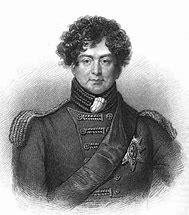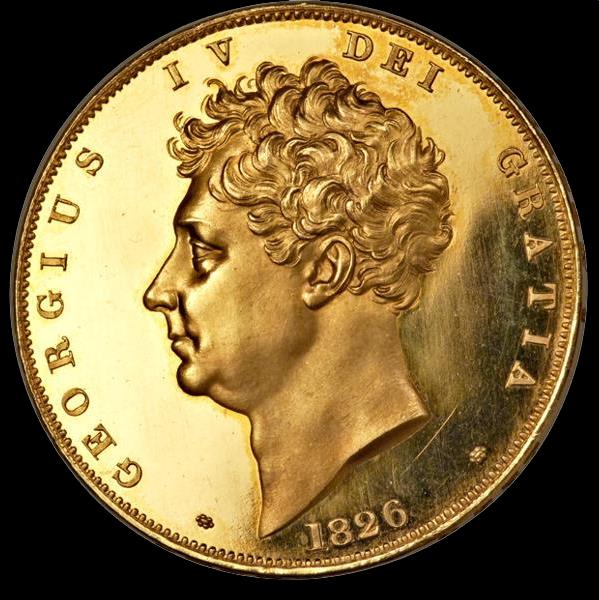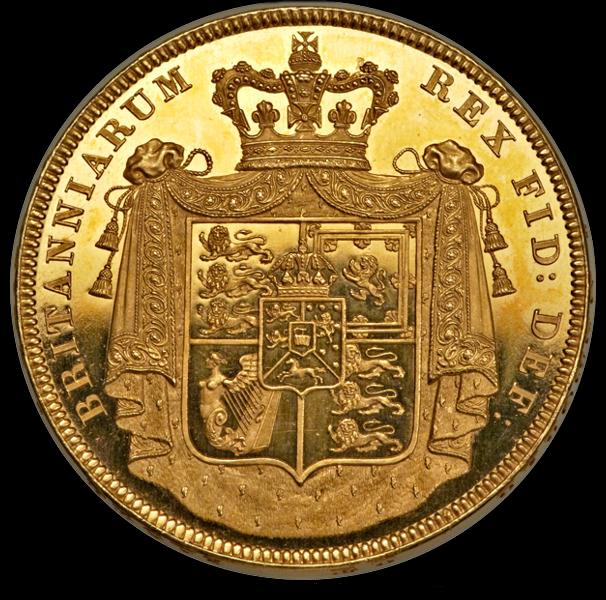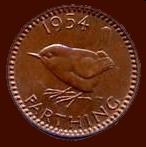




Designed by Nigel G Wilcox


The Paragon Of Metal Detecting
Powered By Sispro1
British Sterling Currency - Numismatics,
Five Pounds
For Reference ONLY
Everything For The Detectorist
Five Pounds
George IV 1820-1830 AD
Royal Monarchy
Copyright All Rights Reserved by Nigel G Wilcox E-Mail: ngwilcox100@gmail.com
Pages
George IV



George IV gold Proof 5 Pounds 1826. Bare Head, Septimo raised lettered edge. A splendid numismatic prize with a few, wispy hairlines that are all but meaningless in comparison to the full Proof impression that has produced even the most intimate details of the design--the King's huge portrait and his elegant royal shield--in total frosted contrast to the gleaming reflectivity of the fields. About as close to flawless as one can imagine, with sharp, soaring rims and raised letters in the legend all acting as a supportive and bold halo to the central designs. It seems impossible not to speak of the glorious colour on this specimen, which is an incredibly rich shade of gold, brushed with reddish iridescent hues throughout, further adding to the perfection of this offering. The last, somewhat comparable example sold of this type was two years ago in 2015 ANA sale which hammered for $75,000, this coin is expected to bring even more excitement among collectors. Struck as part of the special Proof Sets of 1826 and carrying a mintage between 150 and 225 pieces, this nearly pristine jewel is a decidedly scarce, conditionally rare offering, worthy of even the finest cabinets of British gold.
Obverse
Bare head left, date below
Lettering: GEORGIUS IV DEI GRATIA 1826
Engraver: William Wyon
Reverse
Crowned shield and mantle
Lettering: BRITANNIARUM REX FID: DEF:
Engraver: Jean Baptiste Merlen
Edge
Inscribed
Obverse
Bare head left, date below
Lettering: GEORGIUS IV DEI GRATIA 1826
Engraver: William Wyon
Reverse
Crowned shield and mantle
Lettering: BRITANNIARUM REX FID: DEF:
Engraver: Jean Baptiste Merlen
Edge
Inscribed
Type: Non circulating coin
Year: 1826
Value: 5 Pounds (5 LSD)
Metal: Gold (.916)
Weight: 39.94 g
Shape: Round
Orientation: Coin alignment ↑↓
Demonetized: yes
Year: 1826
Value: 5 Pounds (5 LSD)
Metal: Gold (.916)
Weight: 39.94 g
Shape: Round
Orientation: Coin alignment ↑↓
Demonetized: yes
The five guineas gold coin started out life as a five-pound coin before the fluctuating value of the guinea eventually settled at twenty-one shillings; therefore it is arguable that the five pounds piece issued after the Great Recoinage of 1816 is merely a continuation of the earlier value. However, the £5 coin tends to have a more modern 'feel' and so is normally considered separately.
The coin was normally issued in cased "proof" condition, and rarely circulated, as well as being issued in small quantities which today often result in extremely high values of many tens of thousands of pounds being achieved when a coin appears at auction. The normal weight of the denomination was 40 grams.
The coin was normally issued in cased "proof" condition, and rarely circulated, as well as being issued in small quantities which today often result in extremely high values of many tens of thousands of pounds being achieved when a coin appears at auction. The normal weight of the denomination was 40 grams.
Main Coin Menu
VIEW ALL MENUS
Member NCMD
6. S. Menu






















